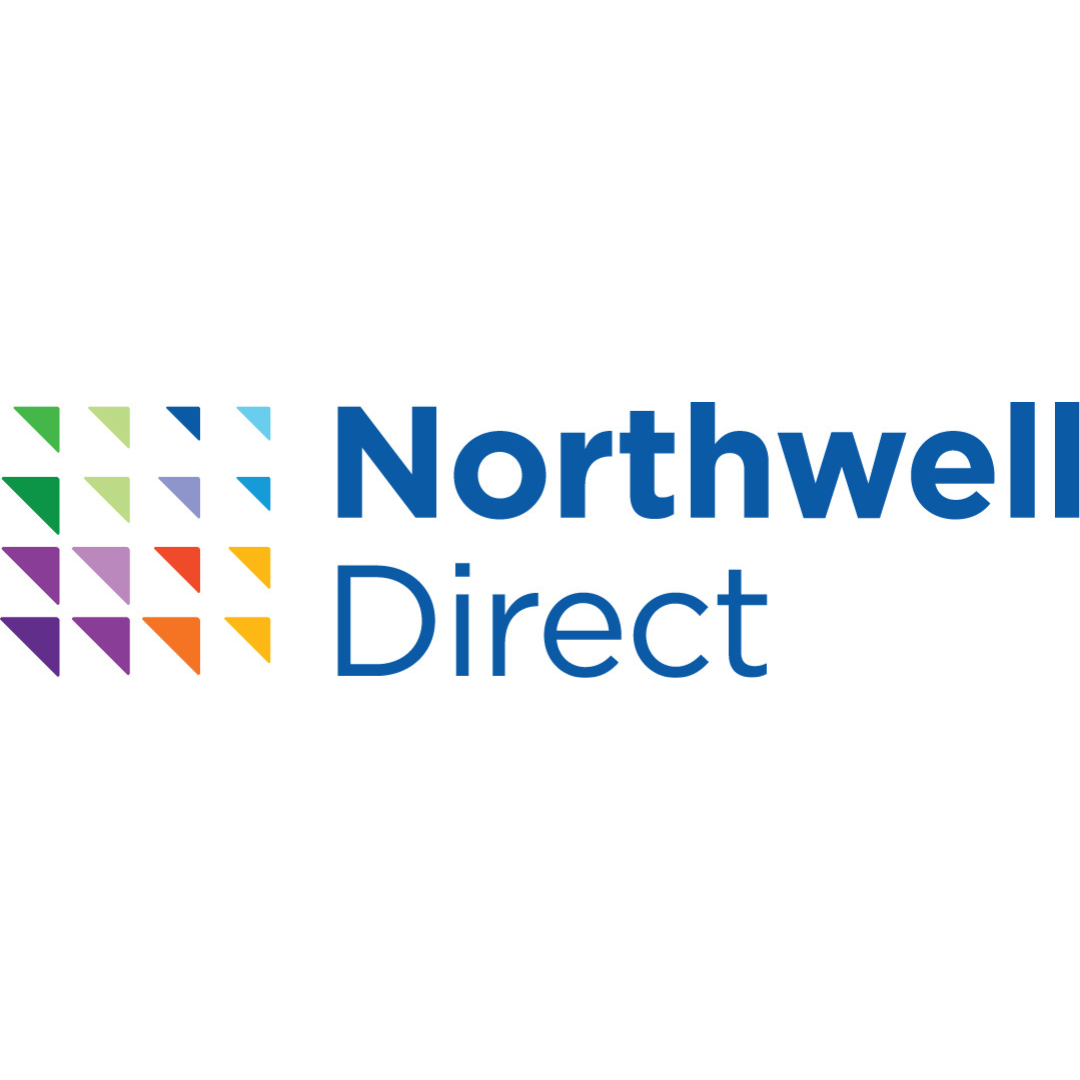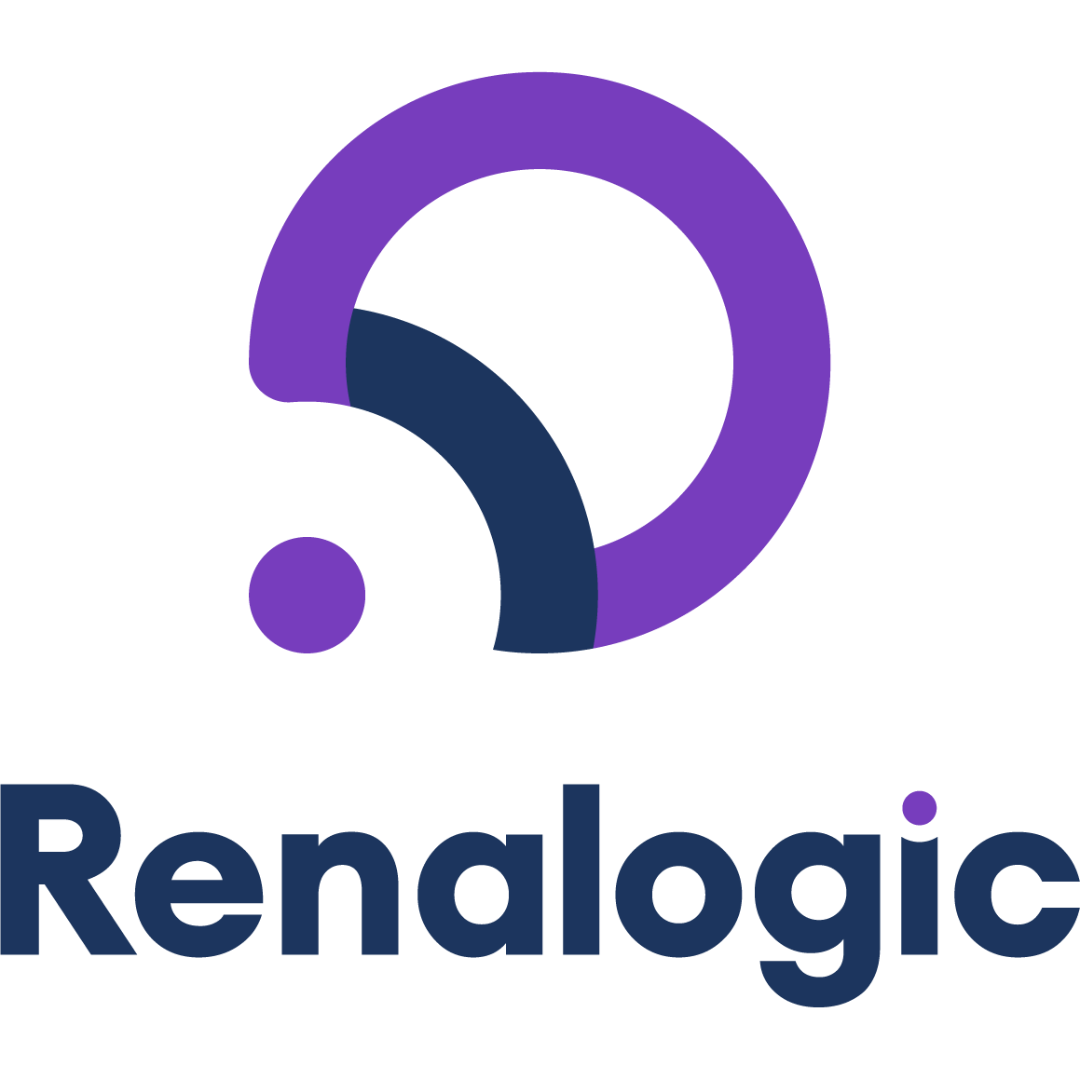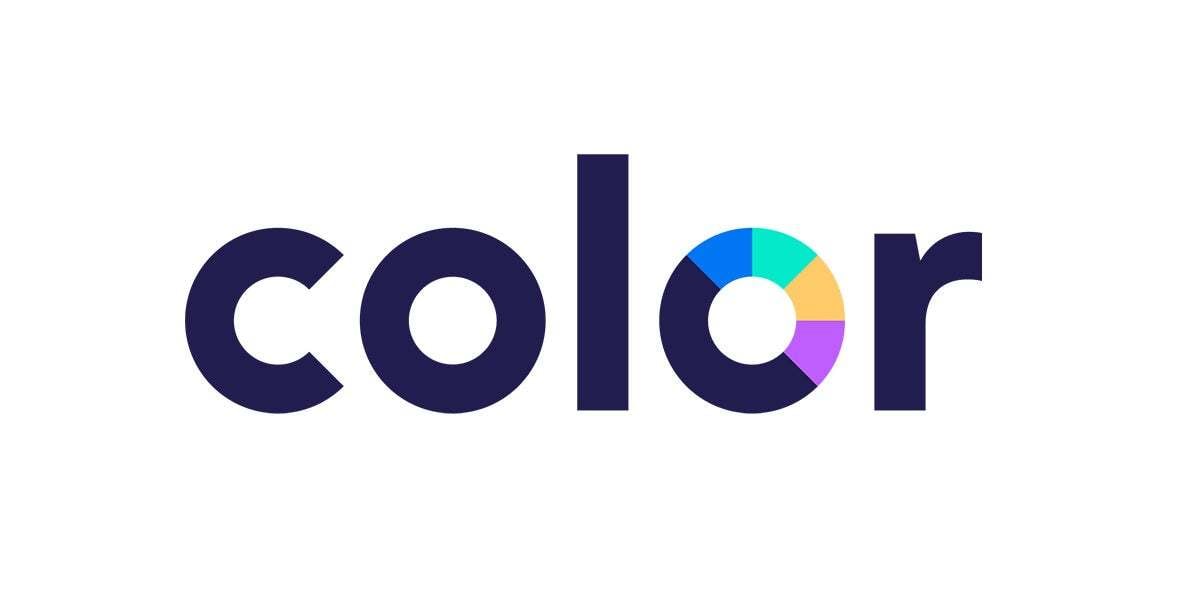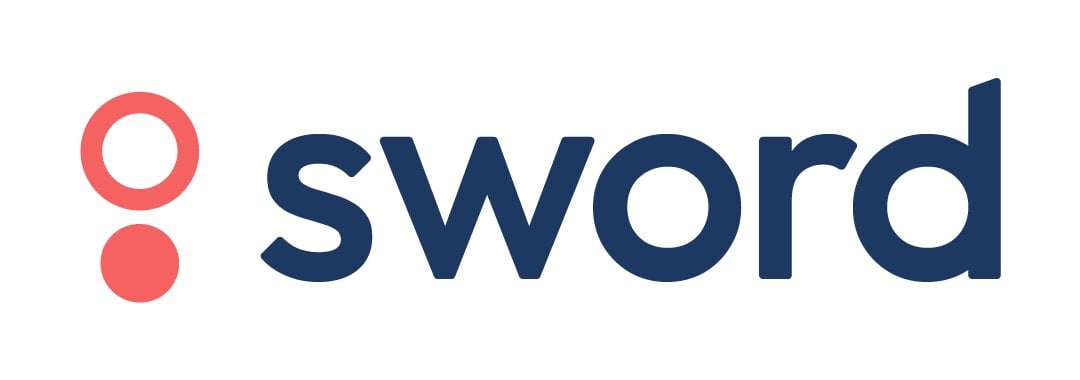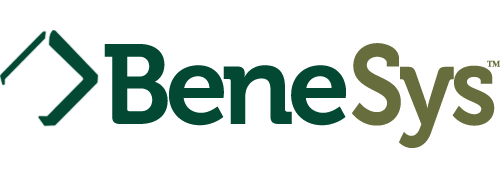10 Steps for Shifting From a Scarcity Mindset Into Abundance
December 6, 2022

If you believe that your wealth and opportunities are limited, and fear you’ll never have enough, your mindset could be directly impacting your money and your life. Whether it stems from your upbringing, or the widespread job and income losses brought on by the pandemic, a money scarcity mindset can cause you to focus only on what you lack, and keep you from moving forward or achieving personal and financial success.
Fortunately, there are ways to overcome and let go of scarcity beliefs around money–and shift your perspective toward abundance. Learn what a scarcity mindset is, how it can keep you from achieving your financial goals, and practical steps to transform your attitude and take charge of your financial life.
What Is a Scarcity Mindset?
The term “scarcity mindset” was coined by Stephen Covey in his book “The 7 Habits of Highly Effective People.” Its basic tenets are: the belief that your wealth and opportunities are limited, and the fear that you will never have enough (or that not enough is available to go around for everyone). Whether you feel you lack time, money, connection with others, or something else entirely–a scarcity mentality can affect anyone, whether you’re living paycheck to paycheck or have millions of dollars in the bank.
Particularly when it comes to money, a scarcity mindset can lead to “thinking small.” For example, rather than taking the steps needed to make your money grow, you may be narrowly focused on pinching every penny. Tunneling your vision and seeing only where you’re lacking, a scarcity mentality can keep you from thinking broadly or clearly, and from making good decisions that will benefit you in the long run. For example, you might not contribute to a 401(k), assuming you can’t afford to do so. If you do contribute, you might invest too conservatively—in cash instead of mutual funds, for instance—for fear of losing your hard-earned savings.
A scarcity mentality often arises from your life experiences. For example, if your childhood was financially unstable, your parents fought about money, or you’ve experienced a layoff, you may have developed a money scarcity mindset. Negative attitudes toward wealth can also create a money scarcity mindset. You might believe that people with money are shallow or greedy, and that if you had more money, you’d turn out that way, too.
The opposite of scarcity mentality is abundance mentality–the belief that there is plenty out there for you and more than enough to go around for everyone else. It’s the belief that the money you have now is enough, and that it’s possible to make more if and when you may need to. According to Covey, people with an abundance mentality generally view the world as full of opportunity and possibility and experience this as a deep inner sense of personal worth and security.
10 Steps to Shift Your Money Scarcity Mindset Into One of Abundance
Ready to move your mindset from scarcity to abundance? Follow these steps and begin embracing the opportunities and possibilities that can help you shift your perspective on your money and your life.
1. Identify your scarcity beliefs.
What negative messages did you receive about money growing up? How did your parents think and act about money? What are your beliefs around money now? Write down everything you can think of. Once you’ve got all your limiting beliefs down on paper, it’s easier to see them for what they are–stories you are continuing to tell yourself, and not necessarily the facts as they are now (or as they could be).
2. Define what abundance means to you.
Abundance can mean different things to different people. So, try to define what abundance really means to you? Try not to make it about numbers, like saving up $X in your retirement account. With a scarcity mentality, even if you reach that goal, it won’t feel like enough.
Instead, think about how financial abundance would make you feel. Would you feel more restful, peaceful, healthy, secure, or some combination of these? What other feelings would you add? Also ask yourself what your abundant financial life would look like. Would you invest in being more adventurous, helping your community, or spend more time creating more meaningful friendships and enjoying more time with family members instead of working long hours and weekends? Establishing what abundance really means to you personally can help you take the next step of defining your goals.
3. Set personal goals.
Give yourself something to aim for. Is it the trip of a lifetime, or paying down credit cards? Is it going back to school to earn a degree that will land you a better paying job or new career? Or is it buying your first home, or moving to a new city? Write down what actions you’d have to take to achieve your goal and how much money you’d need to set aside to realize your goals.
4. Create a realistic budget.
Budgeting may sound like the penny-pinching opposite of abundance, but it’s simply a plan for directing your money toward your goals. If you have enough income to meet your financial needs—and some left over—count yourself fortunate. Actually seeing this on paper can help you let go of some of the fears you may be holding around not having enough. On the other hand, if money is tight and you’re living paycheck to paycheck, creating a budget will help you look for ways to save and make the most of what you have to work with.
5. Start saving money.
Bolster an attitude of abundance by prioritizing saving. This can be building an emergency fund that covers three to six months’ worth of living expenses, or by starting to save more for your retirement. Automating your savings makes saving even easier. For example, you can set up a transfer to an emergency high-yield savings account each pay period and start having pre-tax retirement contributions (at least up to your company match) taken out of your paycheck automatically.
6. Move on micro-actions that feel “abundant.”
Taking small steps in the direction of some of your goals and aspirations (that may feel a little out of reach at first) can help you build some momentum toward shifting into abundance. Build these micro-actions into your budget so you won’t feel guilty about spending. For example, if you aspire to to save for a down payment on a house, go ahead and start window shopping new starter or fixer-upper homes in your area. If your goal is to travel more, research far-flung vacation ideas. Instead of thinking, “I’ll never be able to afford to do XYZ,” imagine yourself living the abundant life you envision for yourself, and nurture that feeling.
7. Practice gratitude.
A scarcity mindset focuses on what you lack, which is why taking a step back to look at the big picture can offer a more realistic, and hopeful, view of your future. A growing body of evidence shows that starting a gratitude journal can help you sleep better, reduce stress, and improve interpersonal relationships. It’s as simple as making a habit of writing down the three things you’re most thankful at the start or end of each day.
8. Be generous.
Research suggests spending our money or time helping others makes us happier than if we spent it on ourselves. Look for ways to give, financially or otherwise. Donate to a charitable cause. Volunteer your time and resources to a local non-profit. Mentor a co-worker or offer to tutor an at-risk teen for free. Giving builds connections, expands your network of resources and support, and, ultimately, can increase your overall sense of abundance and personal fulfillment.
9. Flip the script.
With a scarcity mindset, your first instinct is to think, “I can’t afford this.” Turn that around by asking, “How can I make XYZ attainable by XYZ time?” Suppose you want to grow your retirement savings. Instead of saying “I can’t afford to put any more money away,” look for ways that you can. Could you commit to stashing the entirety of next year’s tax refund in a high-yield savings account? Thinking more broadly about all your options instead of focusing only on what’s difficult about the situation could help you find new solutions to old problems.
10. Seek expert financial advice.
A certified financial planner may be able to help you identify your financial goals and the right steps to reach them. Financial planners are all about growth and possibility, and their abundance mindset is likely to be contagious. If you’re struggling to make ends meet or dealing with high-interest debt, getting the advice of a reputable fiduciary advisor (someone with your best interests in mind) may help you gain control of your finances and lessen your sense of scarcity.
The Bottom Line
Shedding a scarcity mindset can feel like letting go of a heavy anchor that you didn’t realize had been weighing you down all this time. Shifting to a mindset centered around abundance can help build your confidence and your ability to recognize more of the personal and financial opportunities that are often right in front of you.
As you practice abundant financial habits such as making a budget, saving for the future, giving generously, and learning to manage money, you’ll feel your perspective toward your money and your life change. Embracing abundance can open you up to the limitless possibilities for making the most of your life, financially and otherwise.
-----------------------------------------------------------------------------------------------------------------------------------------------------------------------------
LendingClub Bank and its affiliates (collectively, "LendingClub") do not offer legal, financial, or other professional advice. The content on this page is for informational or advertising purposes only and is not a substitute for individualized professional advice. LendingClub is not affiliated with or making any representation as to the company(ies), services, and/or products referenced. LendingClub is not responsible for the content of third-party website(s), and links to those sites should not be viewed as an endorsement. By clicking links to third-party website(s), users are leaving LendingClub’s website. LendingClub does not represent any third party, including any website user, who enters into a transaction as a result of visiting a third-party website. Privacy and security policies of third-party websites may differ from those of the LendingClub website.
Savings are not guaranteed and depend upon various factors, including but not limited to interest rates, fees, and loan term length.
A representative example of loan payment terms is as follows: a borrower receives a loan of $16,980 for a term of 36 months, with an interest rate of 13.49% and a 6.00% origination fee of $1,019, for an APR of 17.89%. In this example, the borrower will receive $15,961 and will make 36 monthly payments of $576. Loan amounts range from $1,000 to $40,000 and loan term lengths range from 24 months to 60 months. Some amounts, rates, and term lengths may be unavailable in certain states.
For personal loans, APR ranges from 8.30% to 36.00% and origination fee ranges from 3% to 6% of the loan amount. APRs and origination fees are determined at the time of application. Lowest APR is available to borrowers with excellent credit. Advertised rates and fees are valid as of July 11, 2022 and are subject to change without notice.
Checking your loan rate generates a soft credit inquiry on your credit report, which is visible only to you. A hard credit inquiry, which is visible to you and others, and which may affect your credit score, only appears on your credit report if and when a loan is issued to you. Your loan APR will depend upon your credit score and other key financing characteristics, including but not limited to the amount financed, loan term length, and your credit usage and history.
Unless otherwise specified, all credit and deposit products are provided by LendingClub Bank, N.A., Member FDIC, Equal Housing Lender (“LendingClub Bank”), a wholly-owned subsidiary of LendingClub Corporation, NMLS ID 167439. Credit products are subject to credit approval and may be subject to sufficient investor commitment. Deposit accounts are subject to approval. Only deposit products are FDIC insured.
“LendingClub” and the “LC” symbol are trademarks of LendingClub Bank.
© 2022 LendingClub Bank. All rights reserved.



